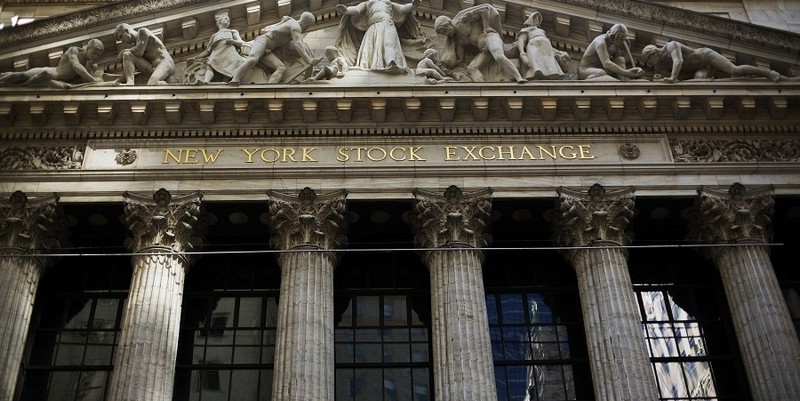The major operators of U.S. stock exchanges agreed on a set of rule changes to make their markets more resilient, an attempt to prevent a repeat of a wild trading session in August 2015.
NYSE Group Inc., Nasdaq Inc. and Bats Global Markets Inc. want to address four goals, according to a statement from the companies Thursday, with an emphasis on reducing and improving procedures around trading halts.
The alterations come after firms including BlackRock Inc. blamed the mayhem on Aug. 24, 2015, in part on the exchanges' failure to coordinate their trading rules. Hundreds of securities had wild price swings that day.
(More: SEC report revisits sting of unsolved Aug. 24 market slide)
“Exchanges should compete where it matters and harmonize where it doesn't,” Bryan Harkins, head of U.S. markets at Bats, said in a phone interview. “This is unprecedented collaboration in my mind. It's much needed, and at the industry's request.”
The changes come after months of industry discussion on the appropriate way to stave off a similarly wobbly trading session. Last year's Aug. 24 rout included brief plunges of 21% in JPMorgan Chase & Co. and General Electric Co.'s share prices. The swoon illustrated the need to adjust safeguards put in place after a market crash in May 2010, that are meant to prevent sudden erratic lurches.
(More: What the ETF industry is doing to prevent wild trading swings)
Asset managers cheered the news. BlackRock Inc., Vanguard Group Inc. and State Street Corp. issued their own release saying the exchanges were moving in the right direction. The three firms were among a group that pushed the U.S. Securities and Exchange Commission to improve the trading halt system in a March letter.
“We look forward to the accelerated implementation of the new reopening procedures, and the continued progress by the exchanges and the industry to address the other key areas outlined in our letter,” the money managers said in the statement.
The system the exchanges are addressing is called limit-up/limit down. Their proposed changes include measures to smooth the market's process of determining the right price for securities after they come out of a trading pause. The exchanges have already reduced unnecessary trading halts by 75% by using a different reference price to calculate the halt-trigger threshold in some cases, according to the exchanges' release.







